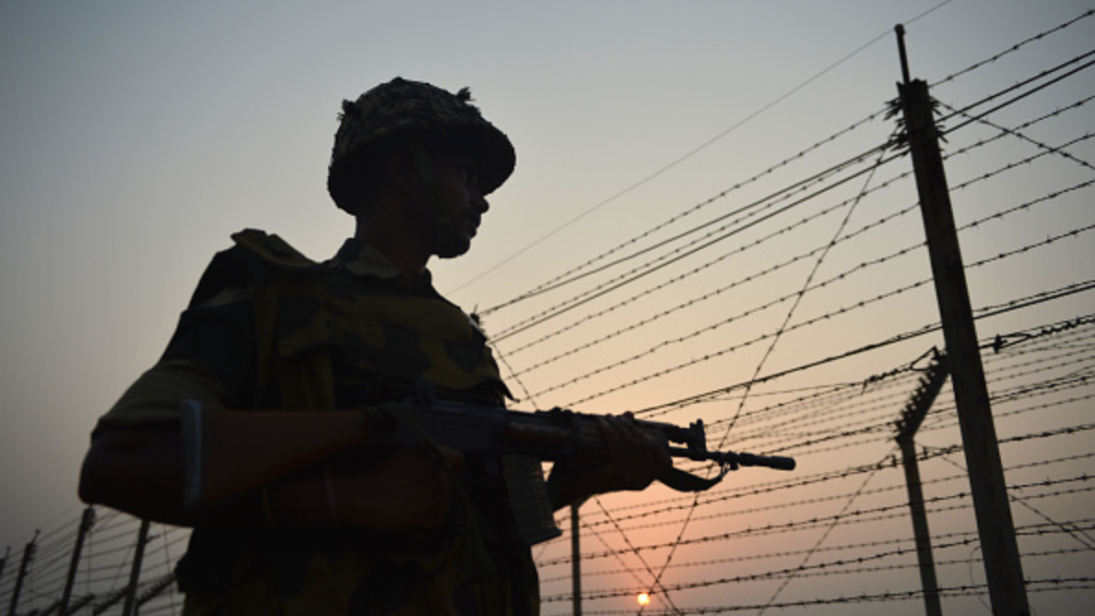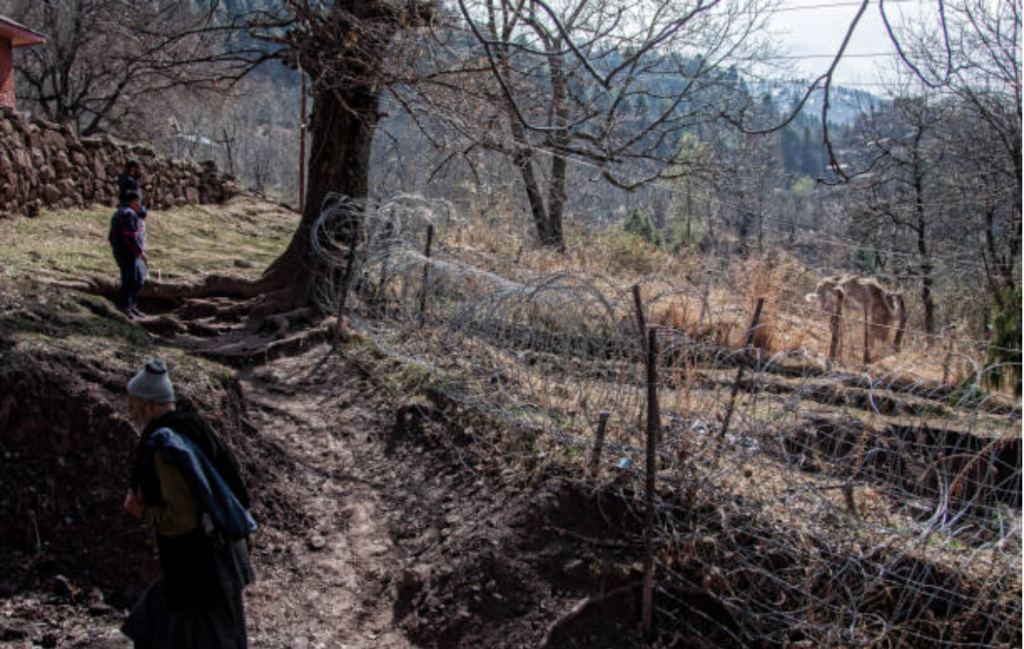
On May 29th, the Director Generals of Military Operations (DGMOs) from India and Pakistan recommitted to observing the 2003 ceasefire agreement across the Line of Control (LoC) and International Border (IB). This agreement followed the Indian Government’s recent announcement to unilaterally cease operations against militants in the Kashmir Valley during the holy month of Ramadan. However, since these developments, LoC shelling has decreased, but not ended completely, as both sides have reported instances of ceasefire violations. It would come as no surprise if these border skirmishes were to flare up tensions between India and Pakistan, rather than thawing relations as intended.
In the strategic calculus of both India and Pakistan, a complete, durable, and unimpeded peace at the Kashmir border is unthinkable, as both sides have much at stake in the Kashmir issue. In light of this, it is important to consider the pros and cons of a renewed commitment to the ceasefire from a realistic perspective: how will this ceasefire agreement change the ground reality in Kashmir, if at all?
Renewed Ceasefire Agreement
The May meeting between Indian Border Security Forces (BSF) and Pakistani Rangers came as no surprise, as groundwork for this recommitment to the 2003 agreement has been laid for months: Pakistani and Indian National Security Advisors (NSAs) have met and spoken on this issue in the recent past, and the actions of Pakistani Army Chief General Qamar Bajwa are also indicative of a desire to positively engage with India. Following General Bajwa’s statement on this desire, Indian Defense Minister Nirmala Sitharaman responded in kind, announcing that peace overtures made by Pakistan would be reciprocated. However, the ceasefire agreement came only after the loss of hundreds of lives from both sides of the Kashmir border.
Diverging Motivations
The impression from New Delhi is that the Pakistan Army is desperate to have a ceasefire, as current operations at the LoC are resulting in high casualties. Moreover, the Pakistan military is already overstretched, as it is currently deployed on two fronts, bordering Afghanistan and India. Additionally, as Pakistan faces potential grey-listing during the upcoming FATF session scheduled for later this month, impending pressure from the international community may be a motivating factor for moves towards this ceasefire agreement. This is in addition to mounting pressure from the civilian population living increasingly difficult lives close to the border. Recently, there have been reports of demonstrations in Pakistan-administered Kashmir against the unabated cross border shelling and the effects of military operations on trade.
From India’s perspective, civilian casualties and displacement were also reasons to tone down its belligerent approach to the border. According to Lt. Gen (retd) H.S. Panag:
“It was becoming a disaster because, in the entire stretch from Akhnoor to Kathua in Jammu and Kashmir, more than 80,000 people have been displaced because Pakistan has, by design, targeted the Hindu villages. This in itself could have led to a war-like situation. But this ceasefire has now been done to save civilians.”

What’s Preventing Enduring Peace?
The possibility of restoring the 2003 ceasefire agreement—and the subsequent cooling down of borders—depends how the ground situation in Kashmir unfolds in the coming months. However, the internal situation in the Kashmir Valley remains problematic, with militancy continuing unabated and authorities ending the one-month cessation of military operations that had been in place for the holy month of Ramadan this past weekend. The Ramadan ceasefire in Kashmir had come about primarily through the insistence of the People’s Democratic Party (PDP), the coalition partner of India’s Bharatiya Janata Party (BJP) in the state government. The PDP likely expected this ceasefire to highlight to New Delhi an opportunity to extend an olive branch to Islamabad in the form of a more long-term ceasefire agreement, helping to diffuse the trust deficit between the two countries and presenting opportunities for composite talks. However, while military operations within the valley were ceased for the month of Ramadan, military operations against infiltrators along the LoC were not: over ten militants were killed following the Ramadan ceasefire announcement.
The continuation of military operations against infiltrators shows that India is reticent to start a dialogue process with Pakistan over Kashmir as long as it continues to support the infiltration of militants across the LoC. A primary factor for this may be that, for the Pakistan Army’s strategic calculus, stopping infiltration would be imprudent at a moment when the Kashmir Valley seems particularly receptive to militancy. Regardless, since the announcement of the ceasefire, infiltrating militants have been caught and killed on the LoC, infiltration attempts have been foiled by the Indian army, and crossborder shelling has also resumed. For India, the resumption of talks with Pakistan is therefore a non-starter, as authorities have made it clear that talks and terror can’t go hand to hand.
Conclusion
The equation of peace talks combined with a ceasefire along the LoC found success after 2003, the year that India and Pakistan informally agreed to the ceasefire agreement. Post-2002 and 2003, when talks were ongoing between India and Pakistan, Kashmiris found a window of opportunity for peace: then Chief Minister Mufti Sayeed’s “healing touch policy” and the opening of cross border trade and service had a very significant psychological impact on Kashmir psyche. According to Sumantra Bose, an academic at the London School of Economics, “in the summer of 2006, the Kashmir Valley was calmer than it had been at any time during the previous fifteen years.”
Despite the benefits of peaceful ceasefire lines and direct communication between India and Pakistan for J&K, the tense situation in greater Kashmir and along the Line of Control indicates that the present ceasefire agreement between India and Pakistan will not last long. Further, Pakistan is headed to the polls later this year, and until the new government takes office, a move towards resumed talks does not seem likely. By the time this happens, India will be preparing for its general elections of 2019, and both the incumbent government and potential new government will not want to appear “soft” to the public by moving towards reconciliatory discussions with Pakistan. In this difficult environment, it does not seem likely that this ceasefire will lead to a large-scale thawing of relations between the two states in the near future.
***
Image 1: Tauseef Mustafa via Getty Images
Image 2: NurPhoto via Getty Images


